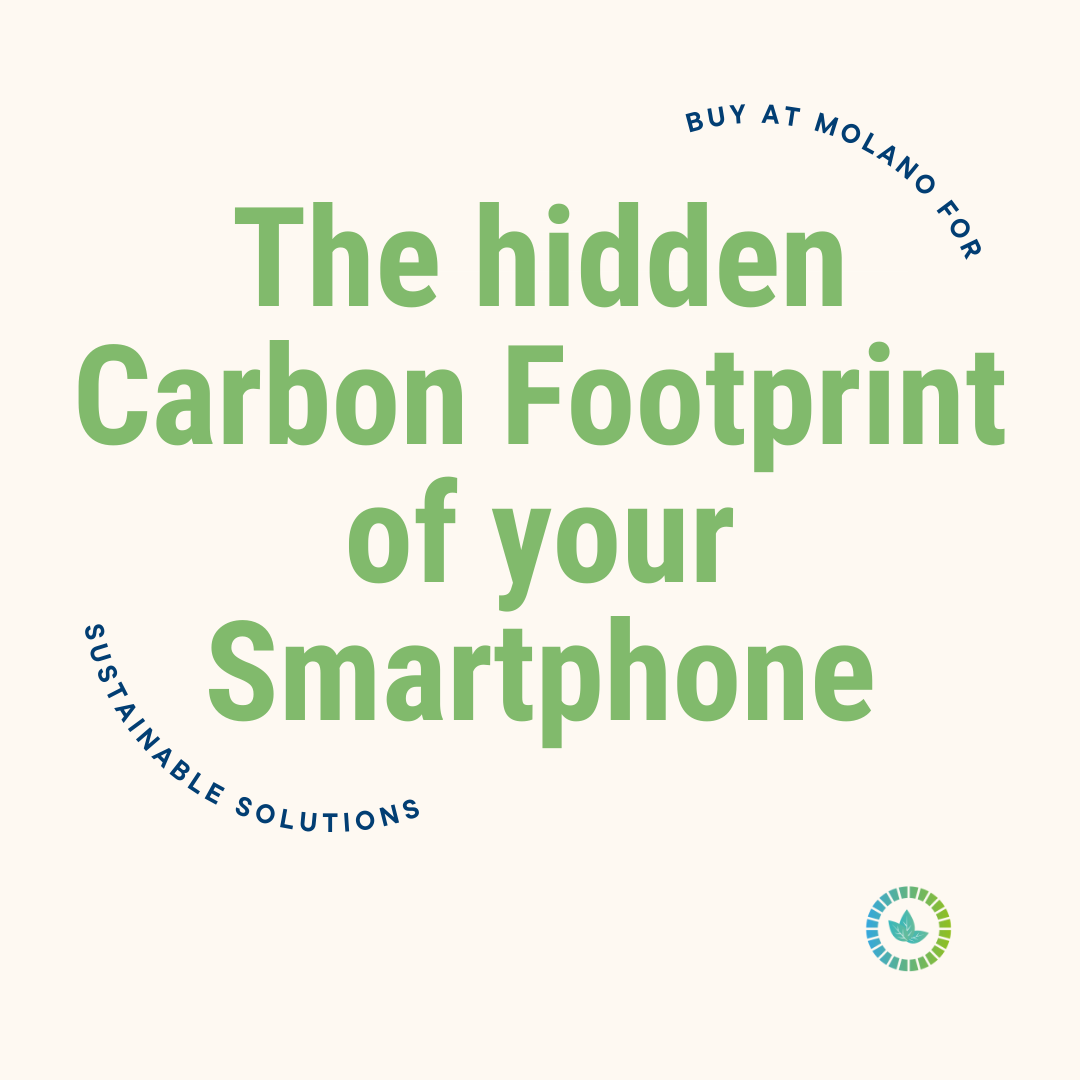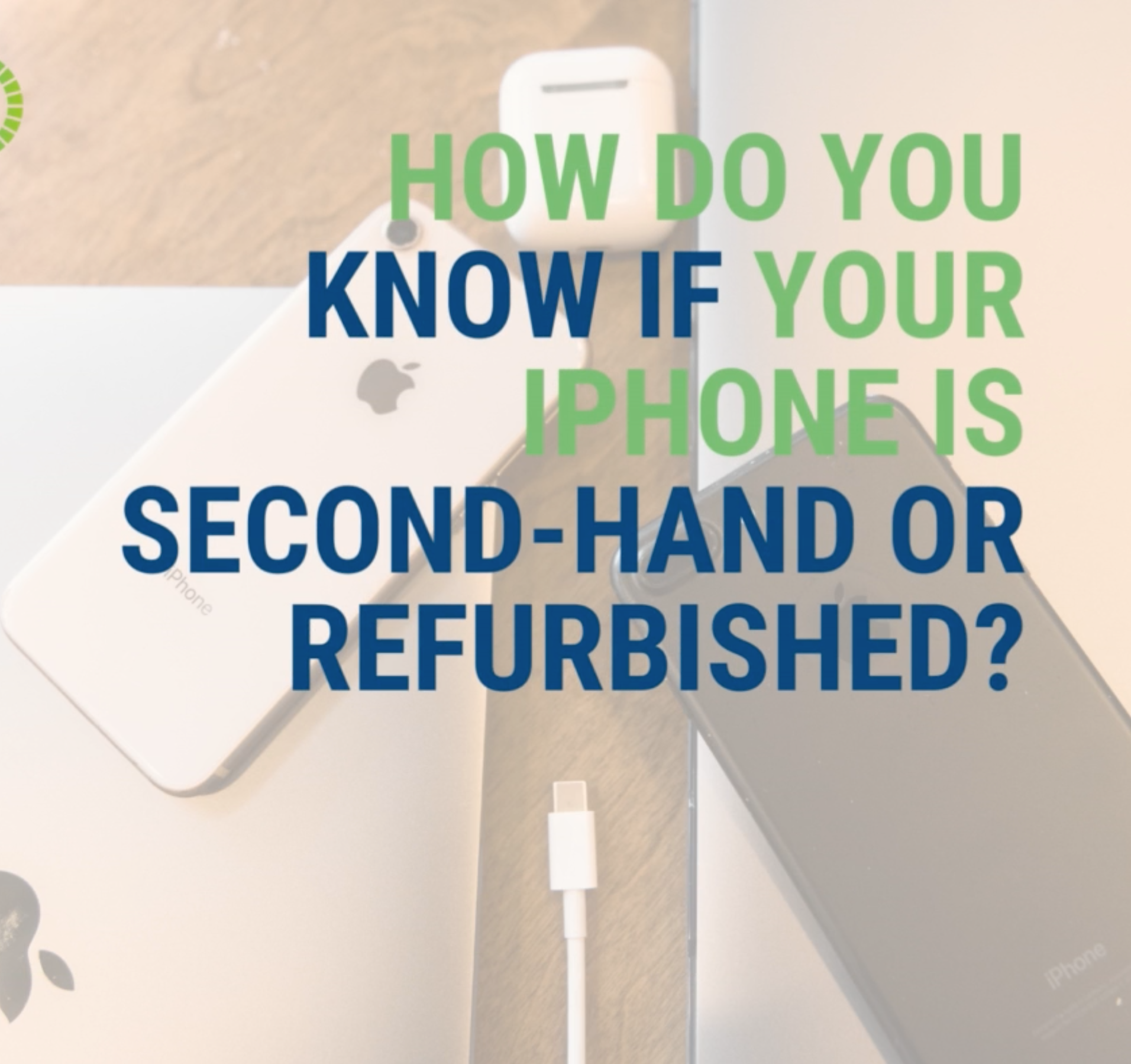The hidden Carbon Footprint of your Smartphone
Behind the sleek screens and powerful processors lies a hidden environmental cost that often goes unnoticed - the carbon footprint of our beloved devices. This blog aims to shed light on the environmental impact of smartphones, exploring the lifecycle stages that contribute to their carbon footprint.
Manufacturing Process
The production of smartphones involves a complex web of resource extraction, manufacturing, and transportation, all of which contribute significantly to the device's carbon footprint. From mining precious metals like gold and cobalt to the energy-intensive processes of refining and manufacturing, each step leaves an ecological mark. Moreover, the supply chains for these components are often global, involving long-distance transportation, further escalating the environmental toll.
Short Lifespan
The rapid pace of technological advancement encourages consumers to upgrade their smartphones frequently, contributing to a shorter device lifespan. The shorter the lifespan, the more devices are discarded, leading to an increase in electronic waste. Electronic waste not only poses environmental risks due to toxic substances but also demands energy-intensive recycling processes, further adding to the carbon footprint.
E-Waste Management
The disposal of electronic devices, including smartphones, poses a significant challenge. Improper disposal can lead to the release of hazardous substances into the environment, causing soil and water pollution. The incineration of electronic waste releases greenhouse gases, contributing to climate change. Responsible e-waste management practices are crucial to mitigate these environmental impacts.
Energy Consumption during Use
The day-to-day use of smartphones also contributes to their carbon footprint. The energy consumption of data centers, cell towers, and the devices themselves during usage requires vast amounts of electricity, much of which is generated from non-renewable sources. As our dependency on digital services grows, so does the demand for energy, intensifying the environmental impact.
Sustainable Alternative
One effective way of reducing the carbon footprint of smartphones is to choose refurbished or second-hand devices. This approach has a number of ecological advantages:
1. Reduced Demand for New Resources:
Buying refurbished phones reduces the need for new raw materials, helping to conserve natural resource.
2. Longer lifespan:
Opting for second-hand phones extends the lifespan of devices, reducing the generation of electronic waste and environmental impact.
3. Energy savings:
Refurbishing consumes less energy than producing new smartphones, helping to conserve energy resources.
4. More affordable options:
Refurbished phones are often more affordable, encouraging more reasonable and less frequent consumption.
5.Promotion of the Circular Economy:
Opting for second-hand products promotes the circular economy by minimising waste and maximising the use of existing resources.




Leave a comment
This site is protected by hCaptcha and the hCaptcha Privacy Policy and Terms of Service apply.